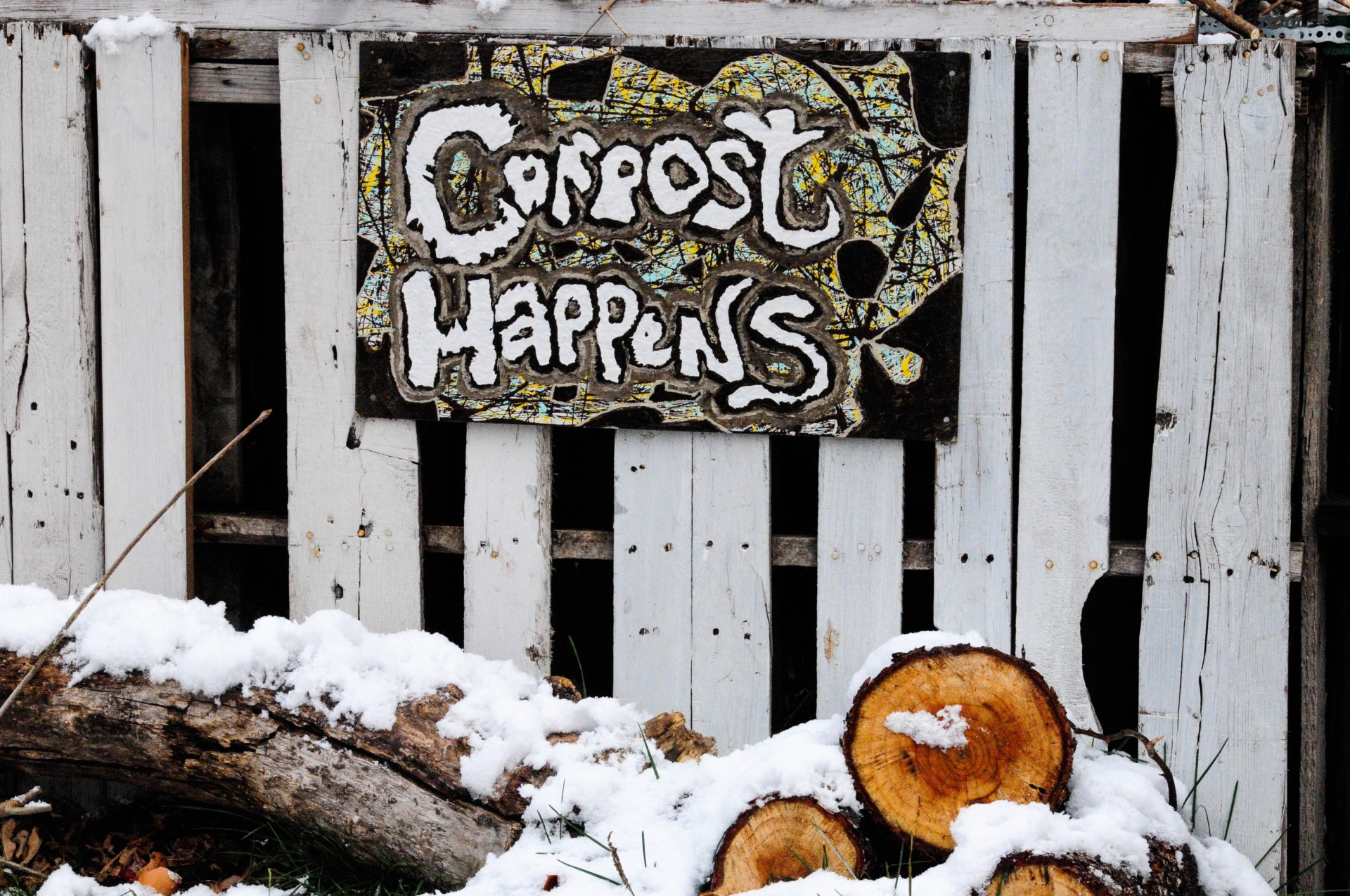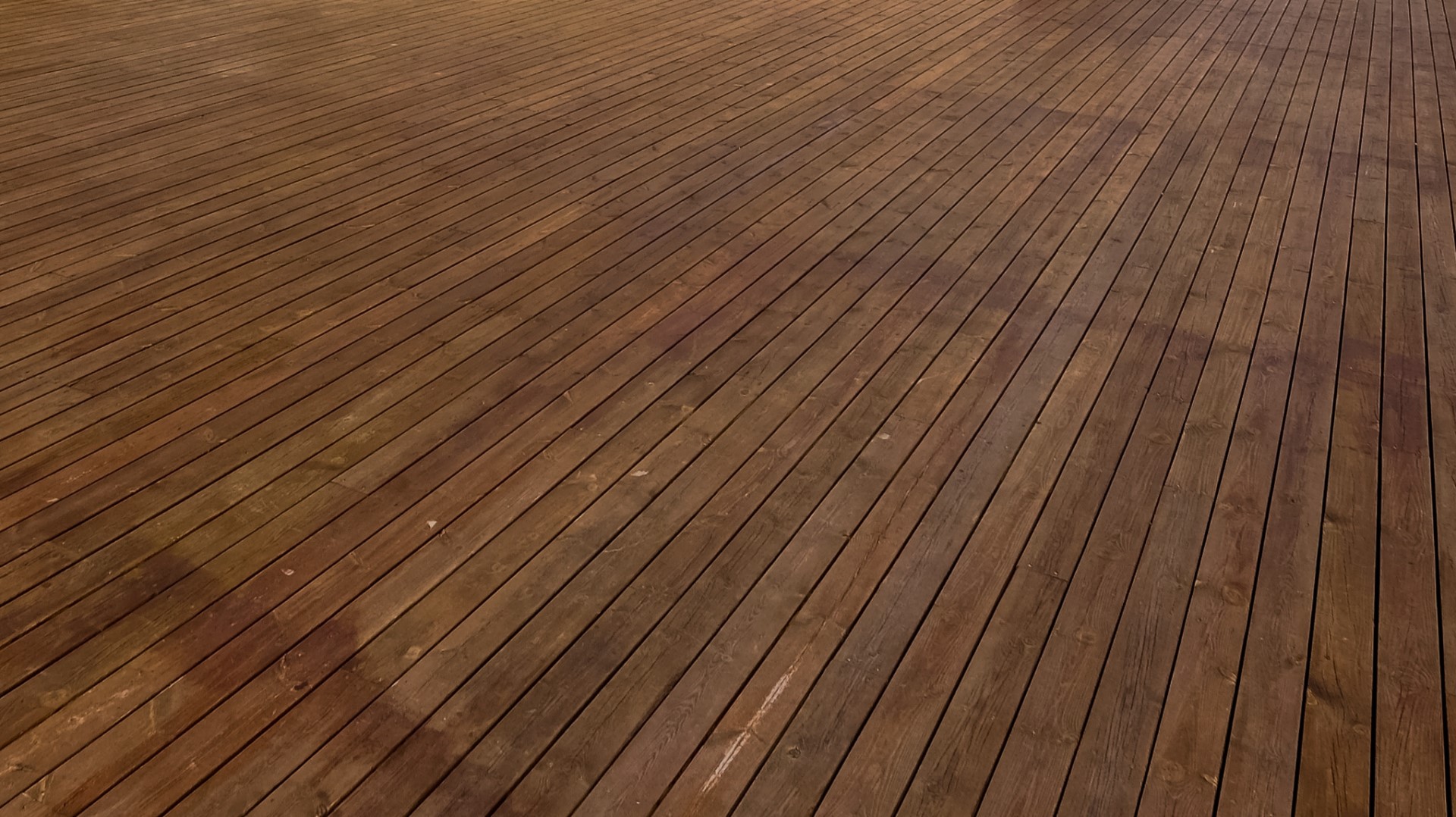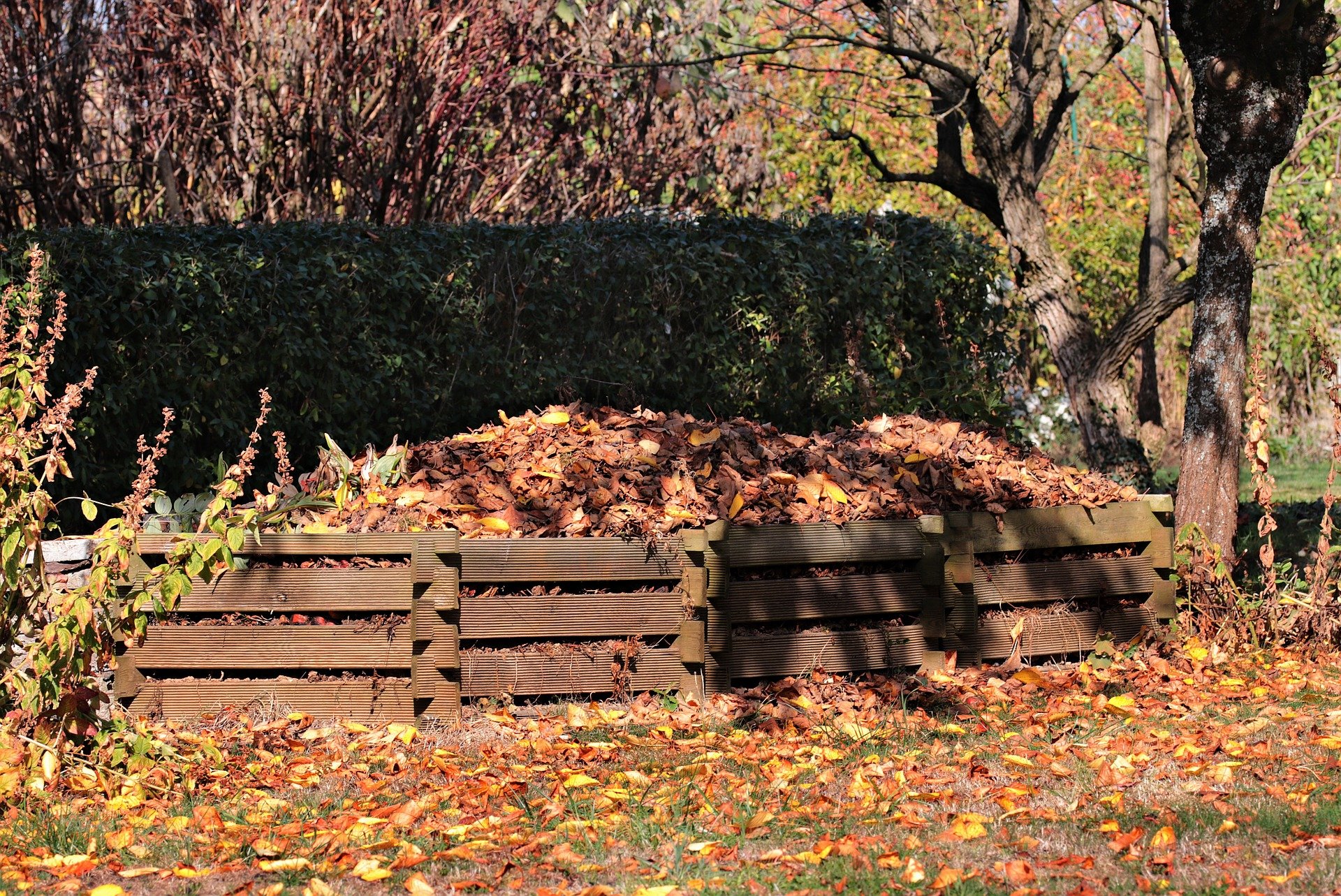Plastic pots are a major bugbear of the landscaping and green roofing industries, but are biodegradable pots really the answer? Today we explore what works and what doesn’t, as well as what YOU can do about it.
You’ve been there. You buy a new plant, perhaps a tomato for the garden or a dracaena for the windowsill. You grab a terra cotta pot, upend your new baby, give it a new home and …
… you’re left with a plastic pot. What do you do?
Most of us dutifully wash it and stick it in the recycle bin for municipal pickup or dropoff. Problem solved, right?
Umm. Well, no.
Unfortunately, our recycling system today is pretty broken. Municipalities might take plastic pots, and nurseries might promise to recycle them, but – not to put too fine a point on it – that’s mostly B.S. What doesn’t get thrown away can clog up sorting machines at recycling plants, or it gets shipped to developing countries, adding to their mounting problems. Needless to say, outsourcing the issue does not get rid of the issue.
No, the responsibility is on us – the American landscaping and green roofing industry – to lead the advance toward a more sustainable future.
*waves torch*
If we want to act as good stewards of the environment, it’s critical we solve this here plastic problem as soon as possible. And biodegradable pots are, in theory, a good way to do that.
But are they really? If so, what do we need to do in order to shift the industry away from chronic plastic use and toward a more sustainable alternative? Let’s take a look.










